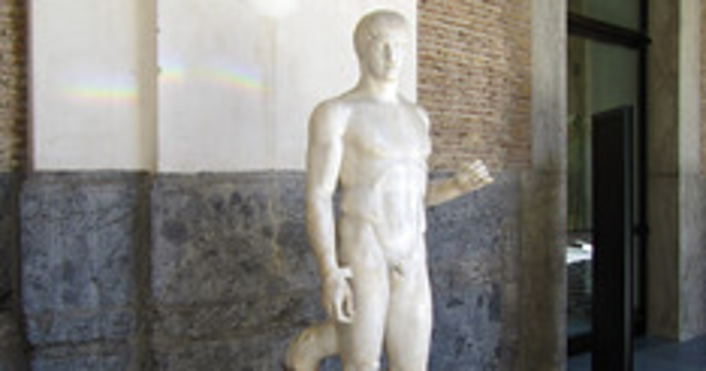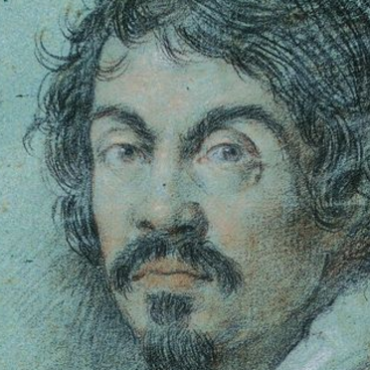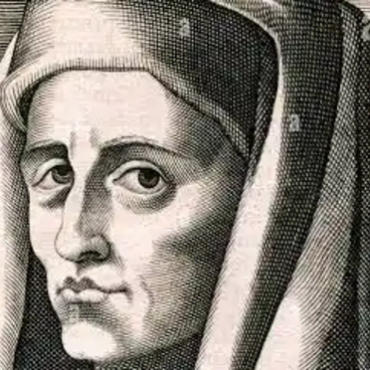Spear Bearer and the Laocoon

The spear bearer by Polykleitos and the Laocoon
The spear bearer is among the famous Greek sculptures in the classical era. It has an illustration of a steadily built young male standing athlete. This sculpture initially had a spear on the left shoulder. This sculpture was made by Polykleitos in around 450 BC (Moon, 188). Writers who offer arts & architecture assignment help at Edudorm essay writing service notes that the image was well idealized, over life sized and naturalistic. It has featured the face, the abdomen and the distorted genitals to suit the ideal of physical beauty. The spear bearer was made out of bronze. This figure, which is also commonly known as the Doryphoros was purposely made to symbolize human beauty.
The Laocoon
The Laocoon is a Hellenistic work displayed at Museo Pio Clementino. The figure is a representation of a Trojan priest who was attacked by a giant serpent, together with his two sons. This work was found in 1506 by the three sculptors; Athanodoros, Hagesandros and Polydoros (Brilliant, 29). This sculpture was made out of bronze. Experts who offer architecture dissertation help at Edudorm essay writing service indicates that the sculpture is made on the steps of an altar showing the priest with his two sons locked in the coils of two serpents. This sculpture is in a group of classical era sculptures and it has given way to tortured facial expressions, writhing movements, strained muscles and expression s of physical and emotional anguish (Brilliant, 29).
Similarity and Difference between the Laocoon and the Spear Bearer
The Laocoon and the spear bearer are similar because they were both made out of bronze. They all belong to the styles of art in classical period. However, the two were created or different purposes for instance the spear bearer image was created in order to bring out the symbol of human beauty. Whereas the Laocoon was purposely to give tortured facial expressions, writhing movement and strained muscles in the style of art.
Works Cited
Moon, Warren G. Polykleitos, the Doryphoros and Tradition. Madison: Univ. of Wisconsin Press, 1995. Print.
Brilliant, Richard. My Laocoön: Alternative Claims in the Interpretation of Artworks. Berkeley: Univ. of California Press, 2000. Print.


